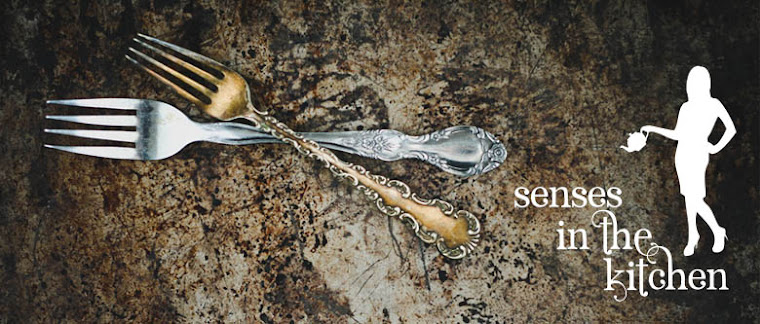Today another Hugh Fearnley-Whittingstall's recipe. I like to watch this Eton College graduate, who talks perfect English. I find his recipes easy to follow and I am always very pleased with the result. It was the same this time when I tried this unusual salad. He made it in "River Cottage" TV series for somebody who hates celery sticks, to convince fussy eater that celery can be quite pleasant. I do not have any problems with this veg, but I found this recipe quite unusual and intriguing. It is very easy and quick to make although very good looking and tasty.
I highly recommend it and say good bye for few weeks. We are off for holiday, this year my dream about seeing Rome and Lazio region will finally come true. Lot of history, ancient monuments, beautiful nature and without any doubt - marvellous food are waiting for my partner and I.
So enjoy the salad, take care and I talk to you in few weeks!
Serves 2
2 smoked mackerel fillets, skinned and boned, torn into chunks
2 oranges, peeled and segmented, juice saved for the dressing
4-6 celery sticks, chopped into bite size pieces
2 tbsp olive oil
freshly ground black pepper
celery salt
For the dressing mix the orange juice with pepper and salt, ser aside. Arrange celery, oranges and mackerel together in a serving dish and drizzle with the dressing. Serve immediately. You can also serve it warm with freshly fried mackerel fillets on the top instead of smoked one.








